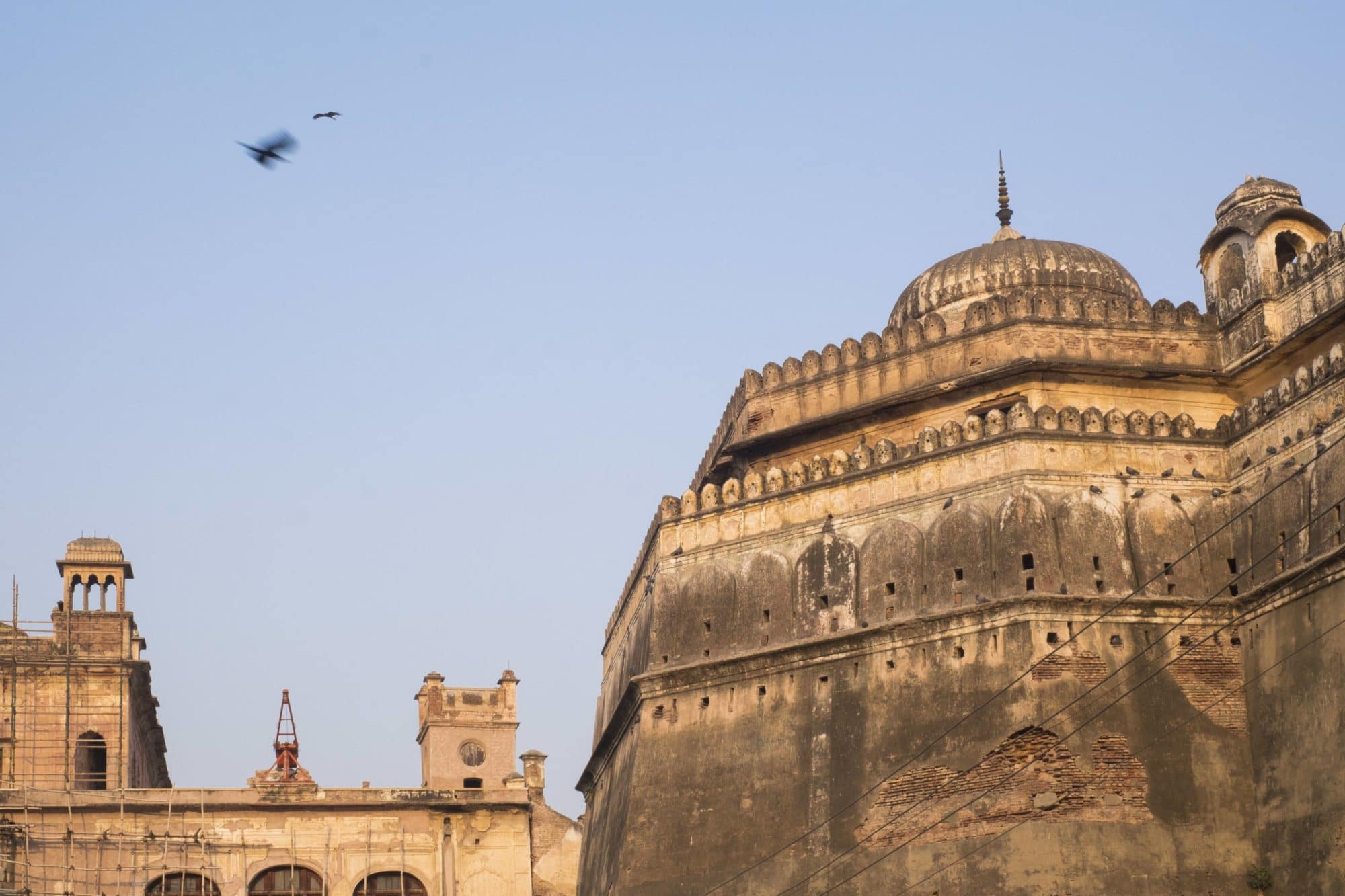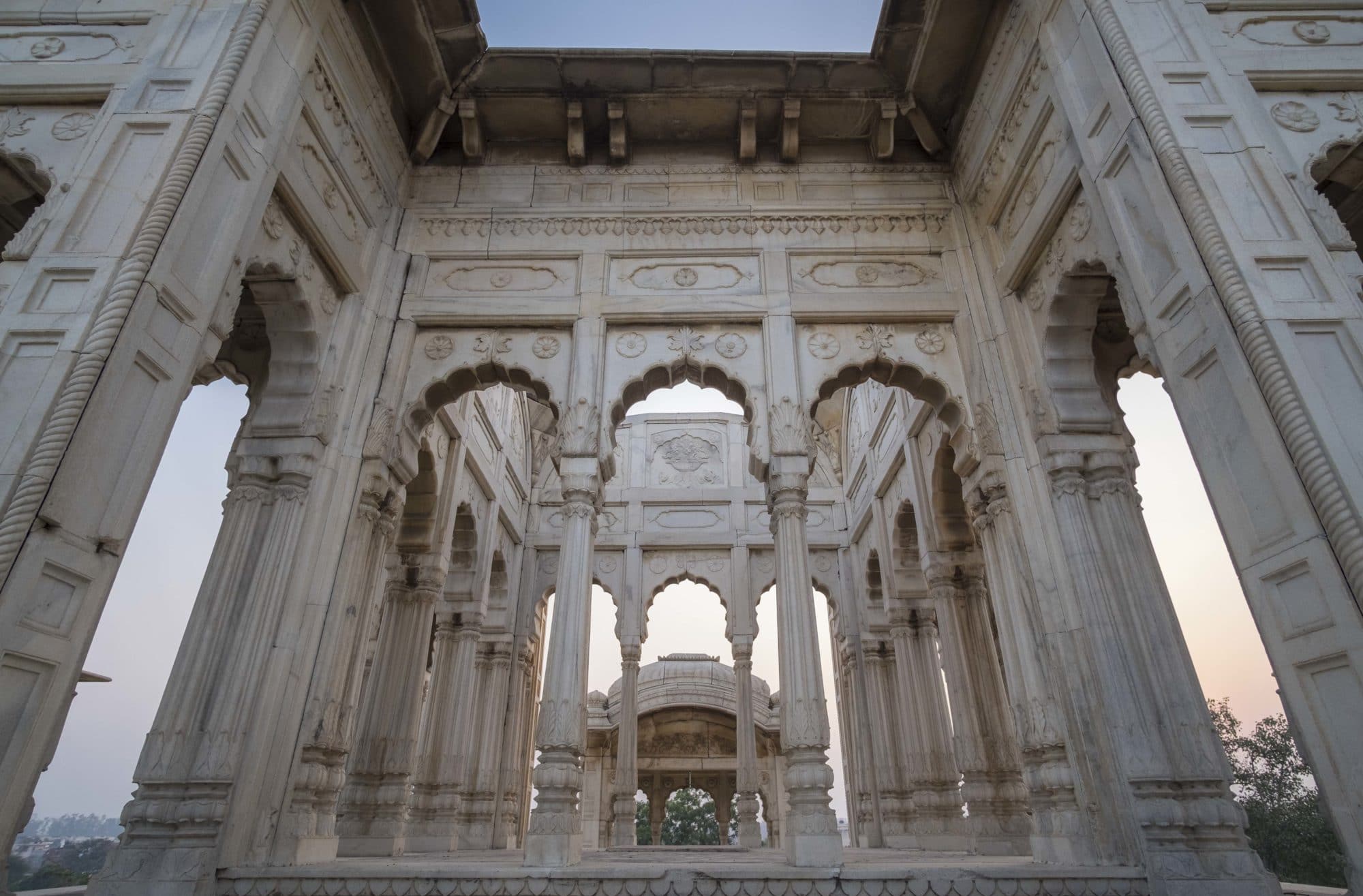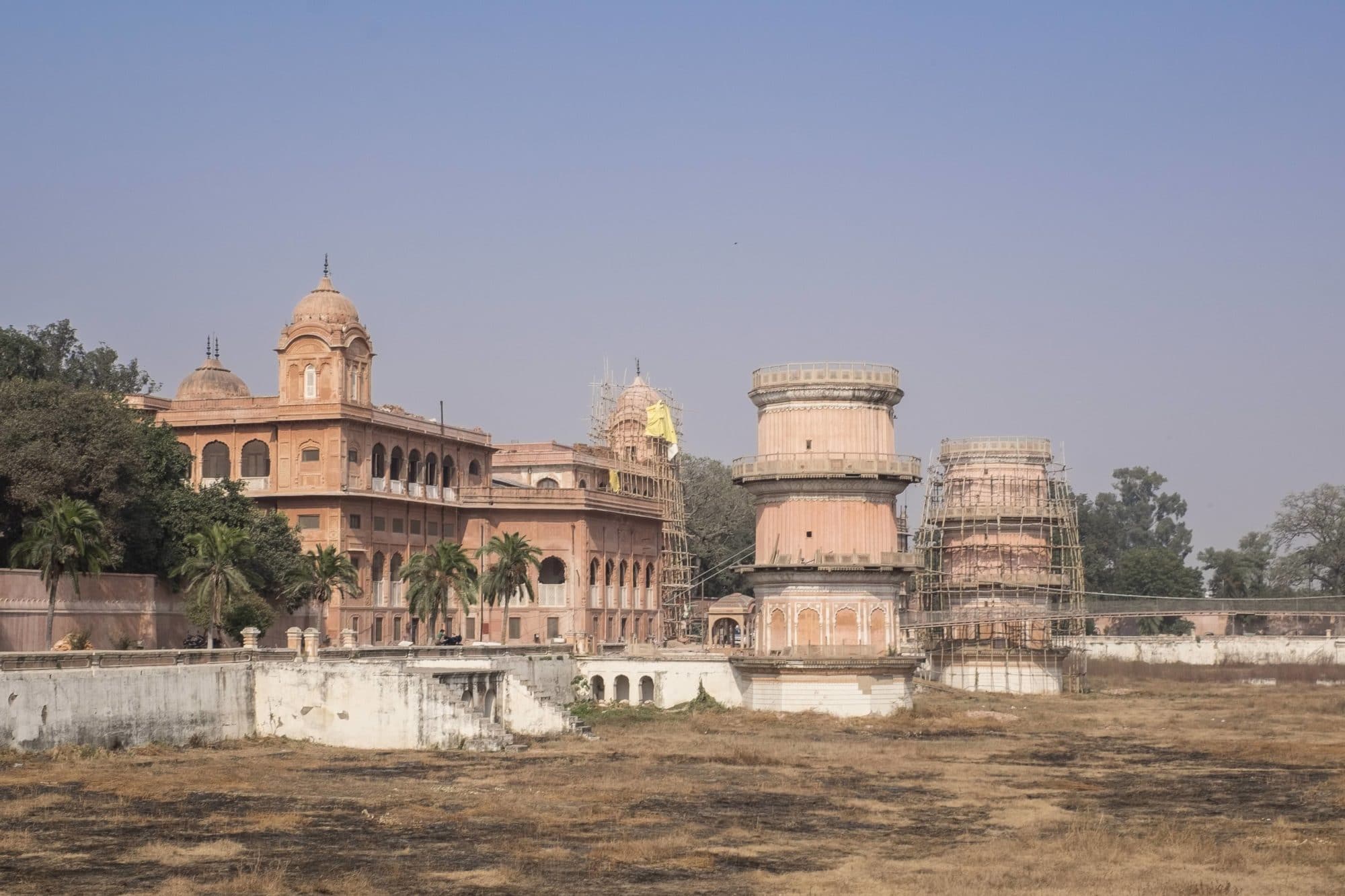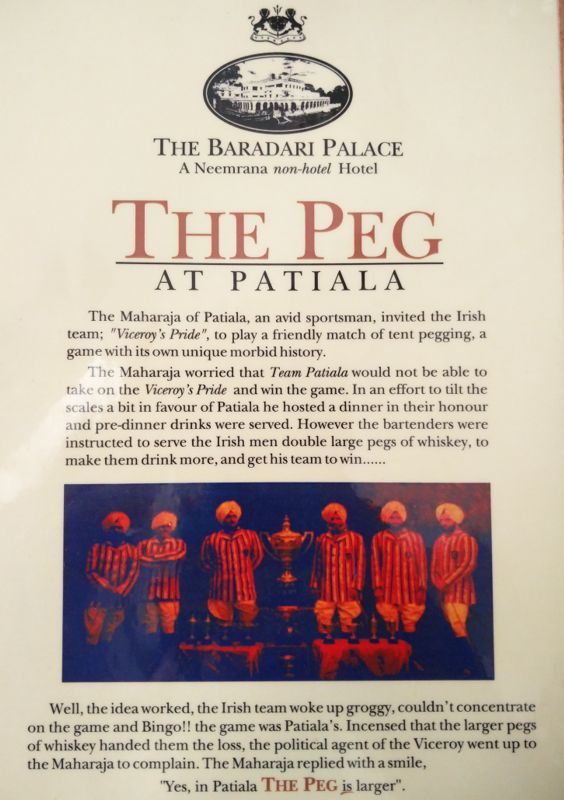India is teeming with history, from the magnificent forts in Rajasthan and the ornate mansions in Chettinad, to the Mughal palaces in parts of the north, each one more royal than the other. When we think of royal history we largely think of UP and Rajasthan or Delhi and Hyderabad, and perhaps to the more discerning traveller Gujarat or Karnataka might pop up. But tucked away in western India, in Punjab, are remnants of former glory and kings that lived lavishly, princely states that are now typical bustling old towns, barely clinging on to their past. It was here in Punjab that we discovered a Versailles style Palace, a mosque modelled on the Grand Mosque of Marrakech, imposing forts, a palace of mirrors and much more.
Punjab, a state known for its rich food, yellow mustard fields, gregarious people that love their whiskey, hard working farmers, drug problems and generous gurdwaras, is also a state that is home to some of the richest former kingdoms and many bloody battles. Before partition, Punjab encapsulated modern day Punjab, Haryana and parts of Himachal in India and Punjab province in Pakistan. It was large and fertile flanked by the Sutlej and the Indus rivers and ruled by seven main princely states. Of these five remain in Punjab, India: Patiala, Faridkot, Kapurthala, Nabha and Malerkotla, though much of their former glory has long since been lost.

During our travels around Punjab we spent a few days exploring the erstwhile princely states of Patiala and Kapurthala; seeking out old forts in Bhatinda and Ludhiana, and spending time with descendants of kings and rulers. With its magnificent Qila Mubarak Complex, Sheesh Mahal and Baradari Palace and Gardens, Patiala is the perfect place to explore a slice of Punjab’s past. Built by the founder of the Patiala dynasty, Baba Ala Singh, the Qila Mubarak was first a mud fortress and then rebuilt as an imposing stone fortress in the late 1700s, complete with a Durbar Hall (open to public), an inner fort, 10 courtyards, and other smaller structures. The main parts of the palace and fort are under renovation and reconstruction, but the Durbar Hall is open, and a must see. Lined with imposing portraits of the Patiala dynasty, which was formed after battle with the Maratha Empire and Durrani’s Afghan Empire, the Durbar Hall holds some of the vestiges of the dynasty. There are beautiful carriages, display cases with weapons and armour, grand chandeliers and a dagger that belonged to Guru Gobind Singh. The high ceiling of the Hall and the Qila itself have elements of Rajput and Persian styles and design, and are premier examples of Sikh style of architecture.

Not far from the Qila, in the old town, is the three storied tomb of Baba Ala, the founder of the dynasty. We walked through the narrow lanes of the old town to the tomb, no different from any old town across the country, with old homes and interesting windows and doorways. We reached just as it was closing, but the caretaker was kind enough to let us in to explore this majestic tomb, with the marble domes, arches and red sandstone walls. After exploring the tomb, the caretaker and his friends offered us tea, and we sat with them listening to stories of Patiala and its past. He told us about Baba Ala and his life, his fight against the Marathas and subsequently the Afghans and professed his views on the current ‘raja’ Captain Amarinder Singh, former Chief Minister of the state. It was an interesting and insightful conversation into the troubles Punjab faces at the moment as it gears up for elections, a conversation that is only possible with the people we meet every day on our travels, who tell us of reality as they face it.

A short cycle rickshaw ride from the old town is the famous Baradari Gardens and the Palace, now a Neemrana property. Hoshner’s attempt at imitating the Punjabi accent meant that we reached another Baradari House at the diametrically opposite end of the city where a conversation with the gun toting guards at that Baradari, which happened to be a ministers home, sent us right back to within 5 minutes of where we originally were. Communications mishaps aside, the Baradari Gardens were beautiful, reminiscent of some of the smaller palaces we had seen in Gujarat, bereft of the grandeur of the palaces of Rajasthan but nonetheless with plenty of charm. We walked around the gardens and explored a bit of the palace which was open to public, capping off our visit with a sumptuous meal of dripping butter naans and a special mutton preparation, a favourite of the erstwhile Maharaja of Patiala, Bhupinder Singh. The Maharaja, who ruled in from 1900-1938, lived life extravagantly, and was an avid sportsperson, loved good food and drink, music and dance, and was perhaps the most famous of the Patiala kings. Many excellent social reforms are attributed to him, including the famous ‘patiala peg!’ A lover of cricket, he built the world’s highest cricket pitch in Chail, apparently to spite the British, who would summer in Shimla. It was an ideal way to end our short sojourn in Patiala, before heading onwards to the center of Punjab and the princely state of Kapurthala.
Some Useful Information:
How to get there: Patiala is located 75 Kms from Chandigarh and is easily accessible by bus from Chandighar’s Sector 43 bus stand.
Stay and Eat: For a taste of the royal experience stay at the excellent Baradari Palace, a former residence of the Royal family, now a Neemrana run heritage property. Rooms start @ INR 4500/-
Don’t Miss: A walk in the heritage area around the Qila Mubarak for beautiful old facades and quaint by lanes.
